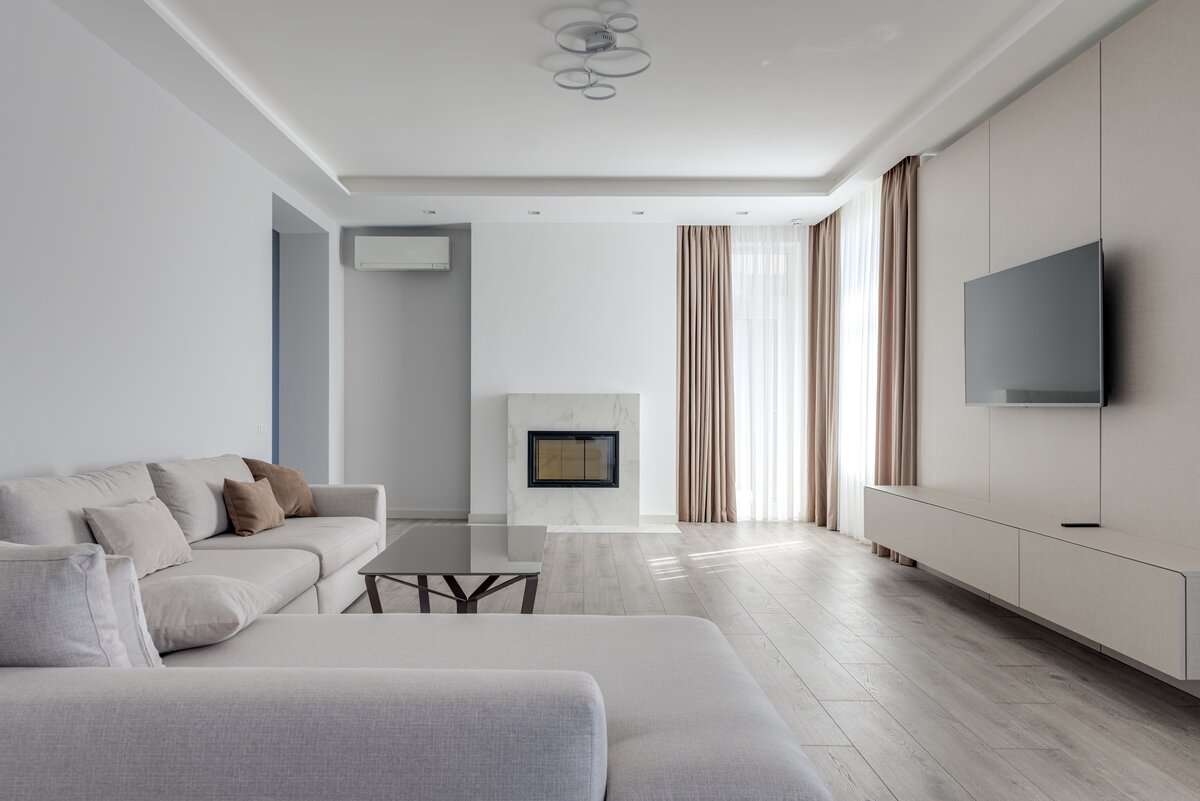
There’s more to think about than just the location when it comes to buying a property. Properties can be owned as a leasehold or a freehold, and which you choose can impact both your finances and experience living in the property.
It’s worth noting that as we speak, debates are ongoing in parliament about the future of leasehold properties. While they will not be abolished in 2023 under the new autumn legislation, the proposed new law is expected to centre on protecting tenants from ground rents and legal fees.
Labour’s Lisa Nandy tabled a motion calling for the end of new private leasehold house sales and to introduce a system that would replace current private leasehold flats with commonholds. In total, 174 opposition party MPs voted in favour of Labour’s motion. While this undoubtedly puts pressure on the government to act, they are not required to abide by the result of the vote.
What is a leasehold property?
With a leasehold property, you own the property for a certain amount of time – the ‘lease’ – but not the land that it is built on. As such, you aren’t responsible for the maintenance of the land and when the lease ends, ownership of the property will return to the freeholder who leased it to the leaseholder.
One of the most important distinctions between leasehold and freehold is the land the property is on – with a freehold property, you would own the land as well as the property. While both are ways of owning property in the UK, with a leasehold you don’t own the land as well.
If you’re weighing up freehold vs leasehold, it’s important to know all the facts. Our previous blog post outlines everything you need to know, including how to buy freehold compared to leasehold and what a share of freehold is.
Pros and cons of a leasehold property
Before you can decide whether or not to opt for a leasehold, you need to be aware of the various pros and cons of a leasehold property. You should also seek advice from financial experts about your personal financial situation and consider which would be the better option.
Advantages of buying a leasehold property
- A step on the property ladder
With the current financial climate, many people are finding it increasingly difficult to take the first step onto the property ladder. Leasehold properties tend to be flats, rather than houses, providing people a more affordable opportunity to own a home.
- The freeholder is responsible for grounds and building maintenance
As with a leasehold you don’t own the land, the freeholder is the person responsible for the maintenance of the exterior of the property. Similarly, the freeholder should be responsible for carrying out essential maintenance work on the building’s structure and communal areas. However, you and any other leaseholders will likely have to fund the maintenance.
- You don’t have to worry about building insurance
With a leasehold property, you are often not responsible for organising building insurance. While you may have to contribute to the cost, the freeholder who leases you the property usually takes care of securing building insurance – meaning you don’t have to worry about it.
Disadvantages of buying a leasehold property
- You’ll have to pay fees
Unlike with a freehold property, you’ll have to pay ground rent to the freeholder for the length of the lease. There are sometimes also other leasehold fees to be paid, such as service charges and administration fees. While you may be able to secure a leasehold property for a cheaper price than a freehold, these charges add up.
You could well end up paying more in the long run by buying a leasehold rather than a freehold, so ensure you seek advice from a financial expert before buying.
- Permission is needed to make any changes
The time comes when all properties feel like they need a refresh – if you’re hoping to change any aspects of your leasehold property, you’ll need written permission from the freeholder. Particularly when it comes to extensions or other such renovations, you don’t have as much freedom as you would with a freehold property.
- Lease lengths can be a liability
If your leasehold property has a lease length of around 80 years, it can become a liability. This is because the process of extending a lease can be both time-consuming and expensive.
Leasehold property FAQs
We know that there are many questions surrounding leasehold as a way to own a home, so we’ve compiled our most frequently asked ones.
What is a deed of variation on a leasehold property?
A deed of variation is a supplementary document that enables the freeholder and leaseholder to change the terms of the lease. This document will set out any variations and changes to the terms and clauses of the original lease.
Deeds of variation are typically needed when a lease is extended, when a mortgage lender requires changes to be made to the lease and in order to reflect changes to the property or how it is used – for example, running a business from a leasehold property.
Is it hard to sell a leasehold property?
Leasehold properties are typically considered to be more difficult to sell, however that isn’t always the case. It’s worth remembering that properties with a lease of less than 80 years will likely be more difficult to sell.
This is because once a lease drops below 80 years, ‘marriage value’ will need to be paid to the freeholder. This is the increase in value of a property once its lease has been extended. However, an overhaul of lease extensions is planned which would abolish ‘marriage value’.
What do I need to know about stamp duty on a leasehold property?
Stamp Duty Land Tax (SDLT) applies to properties in England and Wales. If you buy a property in Scotland from 1 April 2015, you pay Land and Buildings Transaction Tax, and if you buy a property in Wales from 1 April 2018, you pay Land Transaction Tax.
The amount of SDLT you will pay on a leasehold property depends whether it is a new lease or an existing one (assigned lease). More information about how much Stamp Duty you can expect to pay on a leasehold property can be found on the government website.
How to convert leasehold property to freehold
It can be possible for leaseholders to buy the freehold, and leaseholders are able to ask the freeholder to sell it at any time. If the freeholder agrees, there are different steps you need to take depending on the type of property you have. You’d need to seek professional advice for this process.
Discover the properties for sale across south east London with Stanfords.
